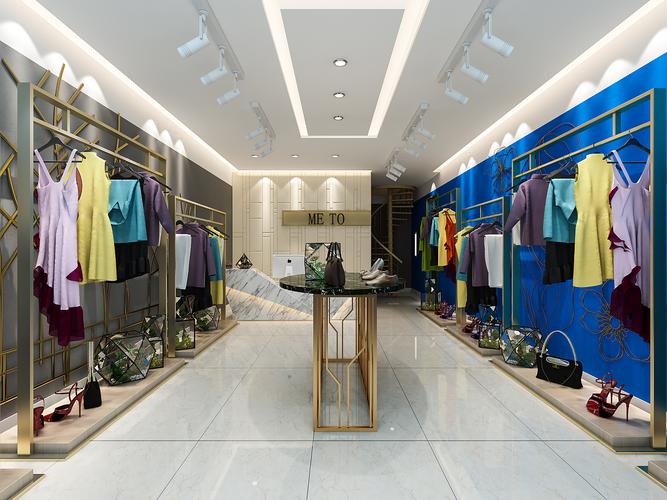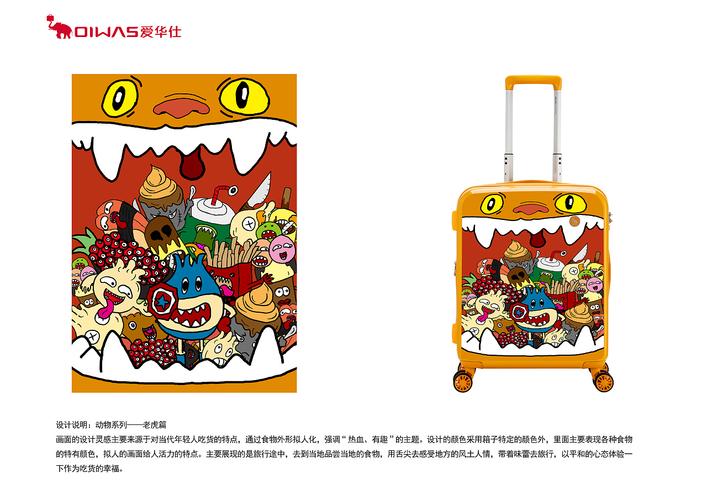服装专卖店设计流程
Title: Crafting Compelling Design Concepts for Clothing Boutiques
Designing an effective and alluring clothing boutique requires a thoughtful blend of aesthetics, functionality, and brand identity. Below, I'll outline key considerations and offer insights to help you create captivating design concepts for your clothing store.
Understanding Your Brand Identity:
1.
Brand Story and Values
: Before diving into the design process, define your brand's story and values. Your boutique's ambiance should reflect these elements, whether it's modern and edgy or classic and sophisticated.2.
Target Audience
: Understand your target demographic's preferences, lifestyle, and shopping behavior. Your design should resonate with them and create an immersive experience tailored to their needs.Creating a Welcoming Atmosphere:
1.
Store Layout
: Opt for a layout that facilitates easy navigation and encourages exploration. Consider a circular or grid layout for maximum visibility and accessibility to different sections.2.
Lighting
: Lighting sets the mood and highlights your merchandise. Use a combination of ambient, accent, and task lighting to create a warm and inviting ambiance while ensuring adequate visibility for customers to examine the products.3.
Color Palette
: Choose a color scheme that complements your brand identity and enhances the shopping experience. Neutral tones like white, beige, and gray can create a clean backdrop, while pops of color can add vibrancy and visual interest.Showcasing Your Merchandise:
1.
Visual Merchandising
: Display your products in a visually appealing manner to attract customers' attention and inspire purchases. Experiment with different display techniques such as layering, grouping by color or style, and using props to create thematic vignettes.2.
Focal Points
: Create focal points within your store to draw customers in and highlight key merchandise. This could be a striking display window, a feature wall with curated items, or a centrally located display table showcasing new arrivals or seasonal collections.3.
Flexibility
: Design your displays to be modular and easily reconfigurable. This allows you to adapt to changing trends and seasonal promotions without major renovations.
Incorporating Comfort and Convenience:
1.
Fitting Rooms
: Provide ample, welllit fitting rooms with mirrors that offer flattering reflections. Consider adding seating areas and hooks for customers' belongings to enhance comfort and convenience.2.
Checkout Area
: Design a streamlined checkout area that facilitates smooth transactions and minimizes wait times. Ensure sufficient space for customers to queue comfortably and provide additional amenities like seating and charging stations.3.
Accessibility
: Ensure that your store layout and fixtures are accessible to all customers, including those with disabilities or mobility restrictions. This may involve incorporating ramps, wider aisles, and lower display heights.Integrating Technology:
1.
Interactive Displays
: Incorporate digital displays or touchscreens to provide additional product information, styling tips, and interactive experiences. This enhances engagement and bridges the gap between online and offline shopping.2.
Mobile Integration
: Implement mobile POS systems and digital payment options to streamline the checkout process and accommodate customers who prefer contactless transactions.Conclusion:
Designing an effective clothing boutique requires careful consideration of brand identity, customer experience, and functionality. By creating a welcoming atmosphere, showcasing merchandise effectively, prioritizing comfort and convenience, and integrating technology thoughtfully, you can craft a compelling design concept that resonates with your target audience and drives sales. Remember to continuously assess and adapt your design based on customer feedback and evolving trends to ensure longterm success.











